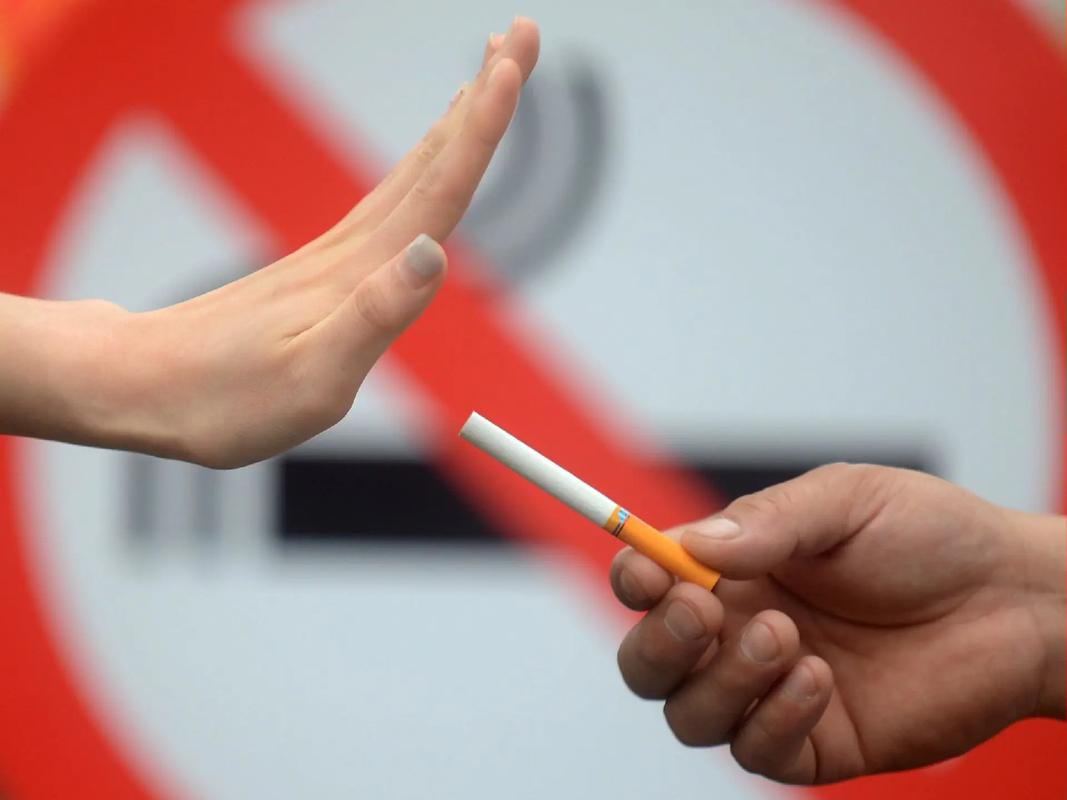Imagine a sudden, severe stomach bug. Cramps, diarrhea, and vomiting that just won't let up. For most, this is a miserable but temporary ordeal. However, for a small number of individuals, this common illness can trigger a rare and serious condition known as Hemolytic Uremic Syndrome, or HUS. This journey through HUS is challenging enough, but what if a single, modifiable habit could make it significantly longer and more difficult? That habit is smoking.
When we think of HUS, we often focus on the immediate cause, typically a bacterial infection like E. coli. The treatment then logically targets the consequences of that infection: kidney failure, anemia, and low platelet counts. The medical team works tirelessly to manage these acute issues, hoping to guide the patient back to health. Yet, the body's ability to heal from this massive internal injury is not just a passive process; it's an active, complex reconstruction project. This is where smoking enters the picture, not as a cause of HUS, but as a formidable saboteur of the recovery process.
To understand how, we need to look at what HUS does to the body. The syndrome is characterized by the formation of microscopic blood clots, primarily in the small blood vessels of the kidneys. These clots shred red blood cells as they try to pass through (hemolytic anemia), consume platelets needed for clotting (thrombocytopenia), and ultimately damage the delicate filtering units of the kidneys, leading to uremia—the buildup of waste products in the blood. Recovery hinges on the body's ability to dissolve these clots, repair the damaged vessel walls, and regenerate healthy kidney tissue. Every single one of these critical healing processes is directly impaired by the chemicals found in cigarette smoke.
The bloodstream is the delivery system for everything the body needs to repair itself. Oxygen, nutrients, and immune cells all travel through this vast network to reach sites of injury. Smoking fundamentally compromises this entire system. Carbon monoxide, a poisonous gas in cigarette smoke, binds to hemoglobin in red blood cells with an affinity over 200 times greater than oxygen. This means that for a smoker with HUS, who already has a reduced number of functional red blood cells, the remaining ones are carrying significantly less of the life-giving oxygen required for tissue repair. The kidneys, which are working overtime to recover, are essentially being suffocated.
Furthermore, nicotine is a powerful vasoconstrictor. It causes the small arteries and capillaries to narrow, reducing blood flow. In the context of HUS, where blood vessels in the kidneys are already clogged with micro-clots, nicotine-induced vasoconstriction further strangles the blood supply. It's like trying to rebuild a factory while the main access roads are not only blocked by debris but are also being deliberately made narrower. This reduced perfusion delays the clearance of toxic waste products and slows down every cellular repair mechanism.
The inflammatory response is a double-edged sword in HUS. Initially, it's necessary to fight the triggering infection and clean up damaged tissue. However, in HUS, this inflammation is often excessive and prolonged, contributing to further organ damage. Cigarette smoke is a potent pro-inflammatory agent. It floods the body with chemicals that ramp up and sustain this damaging inflammatory state. For a patient with HUS, smoking is like pouring gasoline on a fire that the doctors are desperately trying to control. This heightened inflammation can lead to more severe kidney scarring (fibrosis), which is often irreversible.
One of the most critical treatment phases for HUS affecting the kidneys is dialysis. When the kidneys fail, a dialysis machine takes over the job of filtering the blood. The need for dialysis and its duration are key indicators of the severity of the illness. Smoking can profoundly impact this. The compromised blood vessel health and chronic inflammation in smokers can make it more difficult to establish and maintain reliable vascular access for dialysis. More importantly, by impairing the kidney's intrinsic healing capacity, smoking can extend the time a patient remains dialysis-dependent. What might have been a few weeks of treatment can turn into months, significantly prolonging the hospital stay and the overall treatment cycle.
Beyond the kidneys, the heart and lungs are under immense strain during an HUS episode. Anemia forces the heart to work harder to pump what oxygen-rich blood is available, and fluid overload from kidney failure can stress the cardiac system. Smoking damages the heart muscle and blood vessels, and impairs lung function, reducing the body's overall reserve to cope with this stress. A smoker is simply starting from a weaker baseline, making them more susceptible to cardiovascular complications during treatment, which in turn requires additional medical management and further extends the road to recovery.

The psychological toll of a prolonged HUS treatment cannot be overstated. Patients and families face anxiety, depression, and immense stress. While the urge to smoke as a coping mechanism might be strong, it creates a vicious cycle. The physical act of smoking provides momentary relief but actively worsens the physical condition, leading to a longer, more stressful hospitalization, which then fuels the desire to smoke again. Breaking this cycle is one of the most powerful positive steps a patient can take.
So, what does this mean for a patient diagnosed with HUS who is a smoker? The single most effective intervention to shorten the treatment timeline, alongside standard medical care, is smoking cessation. It is never too late to quit. From the moment a patient stops smoking, the body begins to repair the damage.
Within just 20 minutes of the last cigarette, heart rate and blood pressure drop. Within 12 hours, carbon monoxide levels in the blood normalize, allowing red blood cells to carry oxygen more effectively. Over the following weeks and months, circulation improves, and inflammation begins to subside. For a patient battling HUS, these changes are not marginal; they are transformative. They create a internal environment that is conducive to healing, allowing medical treatments to work more efficiently.
Doctors, nurses, and families can play a crucial role in supporting cessation. This involves providing clear, factual information about the direct link between smoking and a prolonged HUS recovery. It means offering access to nicotine replacement therapies (like patches or gum) or medications that can manage withdrawal symptoms, especially during the stressful hospital stay. Creating a smoke-free environment and offering emotional support are equally important.
The journey through Hemolytic Uremic Syndrome is a marathon, not a sprint. The goal is to emerge on the other side with the least amount of long-term damage possible, particularly to the kidneys. Every factor that influences the speed and completeness of recovery must be addressed. While medical science manages the acute crisis of HUS, the patient has a powerful role to play in managing their own baseline health. Choosing to quit smoking is perhaps the most significant decision one can make to reclaim control, to actively participate in their own healing, and to significantly shorten the long and arduous path back to health. It is a challenging step, but one that pays immeasurable dividends in the quality and pace of recovery.












